On October 8, the Royal Swedish Academy of Sciences decided to award the 2025 Nobel Prize in Chemistry to three scientists: Mr. Susumu Kitagawa, Kyoto University (Japan), Mr. Richard Robson, University of Melbourne (Australia) and Mr. Omar M. Yaghi, University of California, Berkeley (USA) for their work in developing metal-organic frameworks (MOFs), a flexible molecular structure that contributes to solving humanity's greatest challenges.
The scientists created molecular structures with large spaces that allow gases and other chemicals to circulate.
This metal-organic framework structure could be used to harvest water from desert air, capture CO2, store toxic gases, or catalyze chemical reactions. MOFs can also promote chemical reactions or conduct electricity.
"MOFs have enormous potential, offering unprecedented opportunities for customizing materials with new functions," said Heiner Linke, chair of the Nobel Committee for Chemistry.
It all started in 1989, when scientist Robson experimented with using the inherent properties of atoms in a new way.
He combined positively charged copper ions with a four-armed molecule; this molecule has a chemical group that is attracted to the copper ions at the end of each arm. When combined, they bond together to form a spacious, well-ordered crystal, like a diamond filled with countless pores.
Mr. Robson immediately recognized the potential of this molecular structure, but at that time it was unstable and prone to collapse.
From 1992 to 2003, scientists Kitagawa and Yaghi laid a solid foundation for the above method.
Mr. Kitagawa demonstrated that gas could flow in and out of the structures and predicted that MOFs could be made flexible.
For his part, Yaghi has created a very stable MOF and demonstrated that this structure can be modified by rational design, giving it new and desirable properties.
Following the groundbreaking discoveries of the laureates, chemists have engineered tens of thousands of different MOFs.
Some of them have contributed to solving humanity's biggest challenges, with applications such as separating PFAS (forever chemicals) from water, degrading traces of pharmaceuticals in the environment, capturing CO2 or harvesting water from desert air./.
Source: https://www.vietnamplus.vn/nobel-2025-structural-parts-help-solve-the-largest-challenge-of-humanity-post1069015.vnp






![[Photo] Prime Minister Pham Minh Chinh receives President of Cuba's Latin American News Agency](/_next/image?url=https%3A%2F%2Fvphoto.vietnam.vn%2Fthumb%2F1200x675%2Fvietnam%2Fresource%2FIMAGE%2F2025%2F12%2F01%2F1764569497815_dsc-2890-jpg.webp&w=3840&q=75)



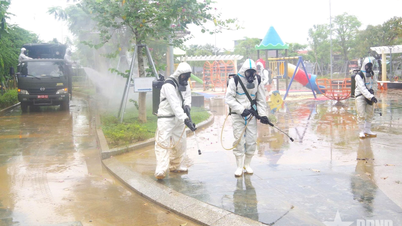

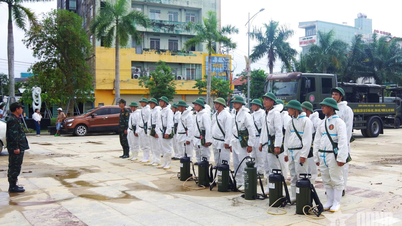

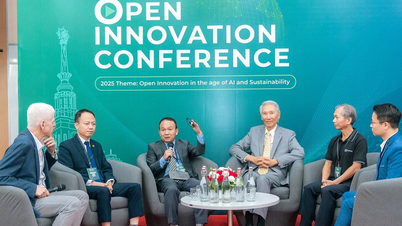

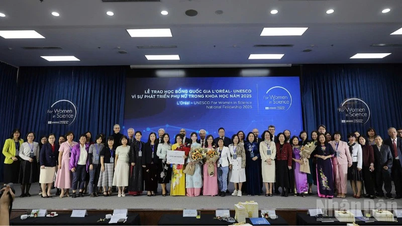
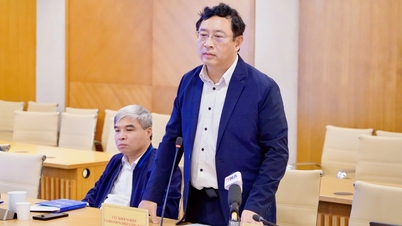

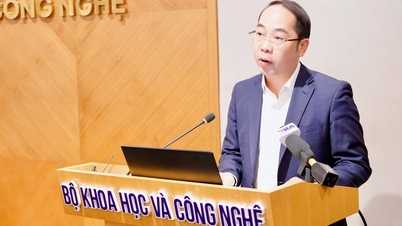








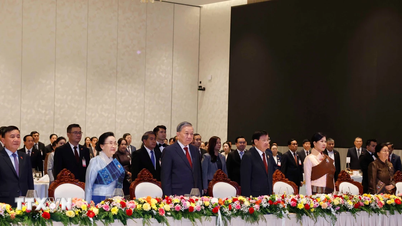



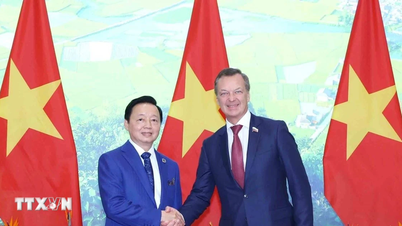











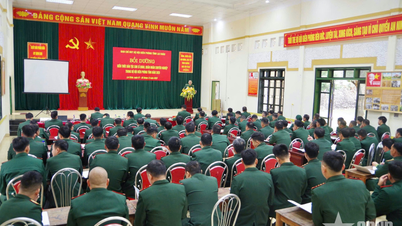


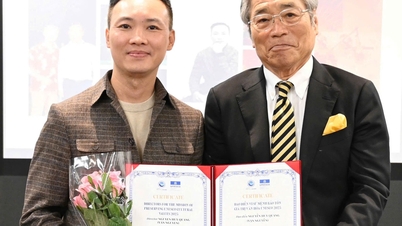





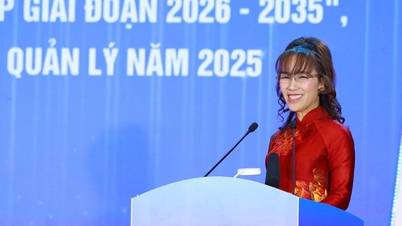

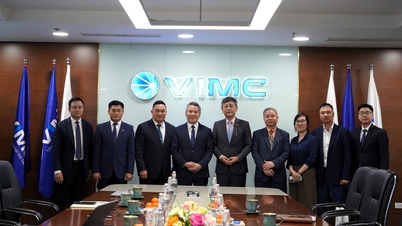


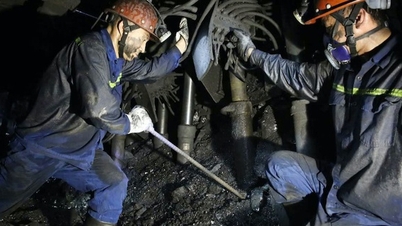


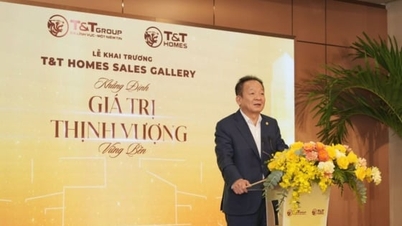

















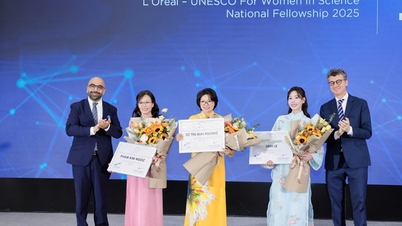

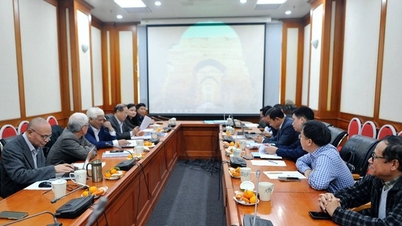

























Comment (0)